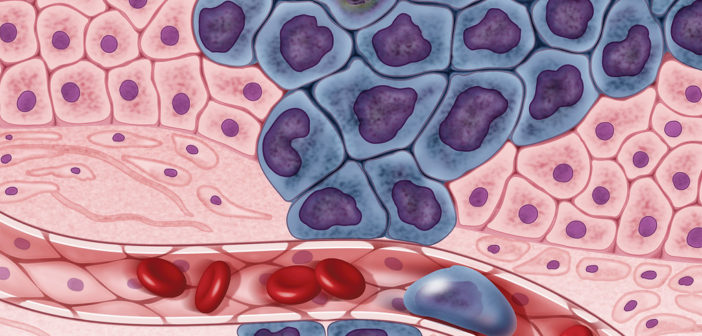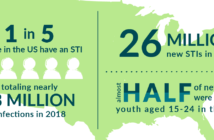By Miurel Zamora, Contributing Writer
Breast cancer is the most commonly diagnosed cancer among American women. According to Breastcancer.org, a nonprofit organization dedicated to serving those with the disease, in 2021, it is estimated that about 30 percent of newly diagnosed cancers in women will be breast cancers.
According to the Centers for Disease Control and Prevention (CDC), breast cancer is a disease in which cells in the breast grow out of control. But even within the breast, there are different types of uncontrolled cell growth depending on which cells are affected by the disease-causing different types of breast cancer.
The most common way for women to get breast cancer, according to Dr. Sergiy I. Borysov, a biology professor conducting biomedical research at Saint Leo University, is by DNA damage of the cell produced most of the time by aging. This is how normal breast cells tissue grows abnormally and becomes cancerous.
Women who are 50 years or older are more prone to be diagnosed with breast cancer. This is due to exposures that lead to mutations of cells ultimately becoming cancerous.
Hereditary risk factors also double the probability of a woman being diagnosed with the disease. Other contributing factors include the environment, X-rays, UV light, radiation, diet, hormones, random growth, and so on.
According to Breastcancer.org, white women are slightly more likely to develop breast cancer than Black, Hispanic, and Asian women. Black women typically develop more aggressive and advanced-stage breast cancer.
Black women are also more likely to die from breast cancer. However, there is not sufficient evidence to correlate breast cancer with race and mortality rate.
“Early detection of cancer is key for patients and usually the treatments will vary depending on the patient, type of cancer, and doctors,” stated Borysov.
According to the National Center Institute, new technology is being developed for the early and efficient detection of breast cancer.
For example, 3D mammography, also called Tomosynthesis Mammographic Imaging Screening Trial (TMIST), works by building 3D like images of the breast after capturing images from different angles.
This will allow researchers to see through the screen cancerous cells and tissue. However, it is still under development and must be tested for five years to prove its efficacy against current 2D mammograms.
“We are trying to bring precision medicine into the arena of screening. The idea is to learn how we can do a better job of screening for breast cancer,” said Laura Esserman, director of the University of California, in an article from the National Cancer Institute.
Other known treatments among cancer patients are surgery that removes the tumor and nearby tissue, radiation, chemotherapy, hormone therapy, and target therapy. Amongst all the treatments for breast cancer, “Chemotherapy treatment causes harshest side effects,” according to Borysov.
“It does not only kill cancer cells, but it kills any cell dividing at the moment and a lot of cells divide in our body every day to keep us healthy for instance our immune cells and those could be compromised,” continued Borysov. “However, each treatment will be considered individually depending on each patient and level of metastasis.”
Cancer treatment may be effective when detected early. Thus, women 40 years and older must begin mammograms screening, as recommended by Mayo Clinic.
After the first mammogram doctors will determine whether to repeat it every year or every other year to avoid abnormal cell growth. You may visit Breastcancer.org to get more information about breast cancer prevention and treatment.





